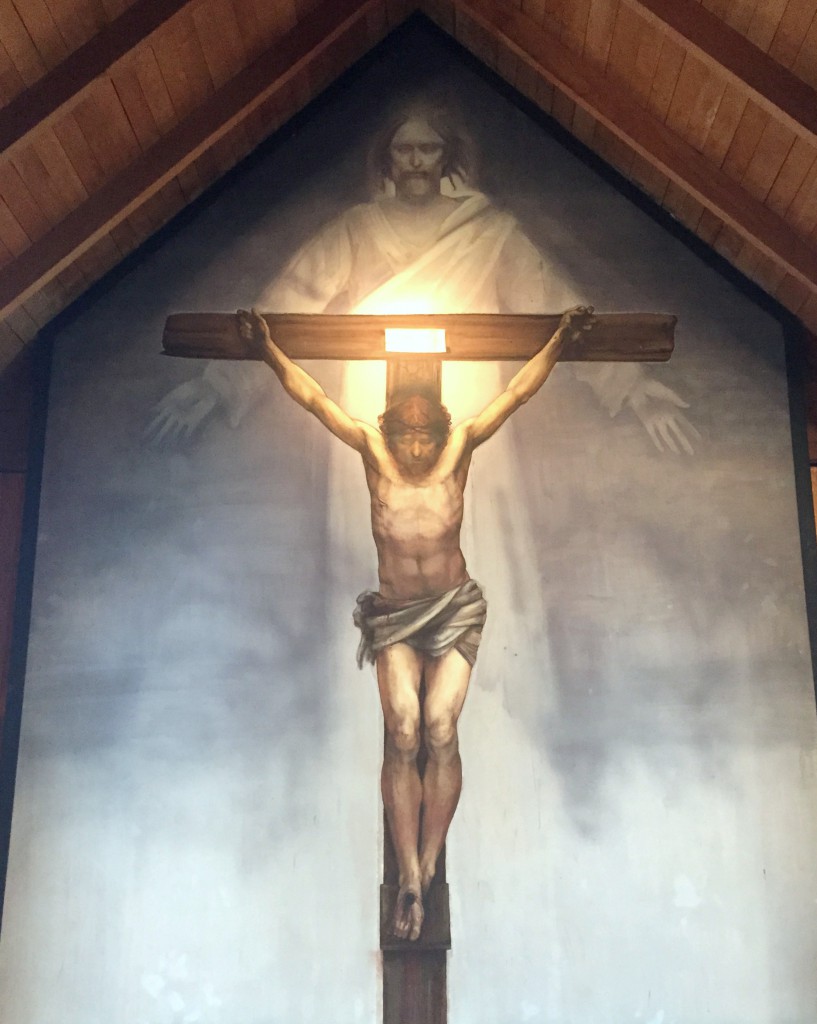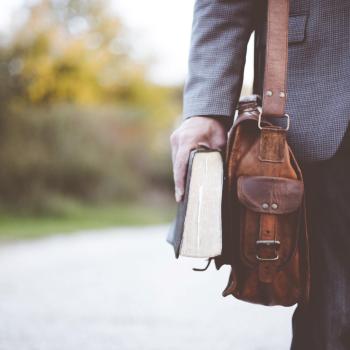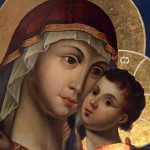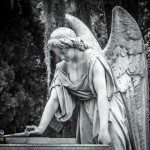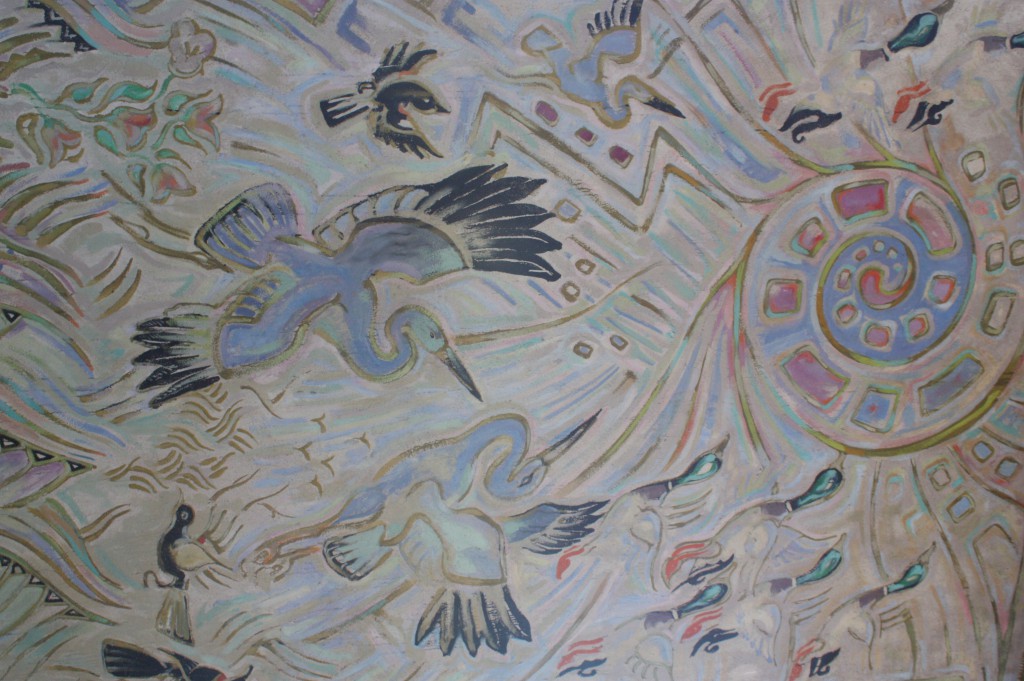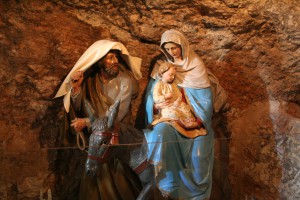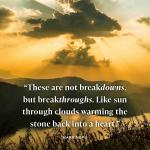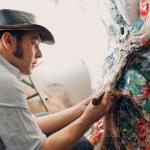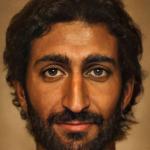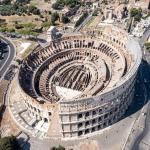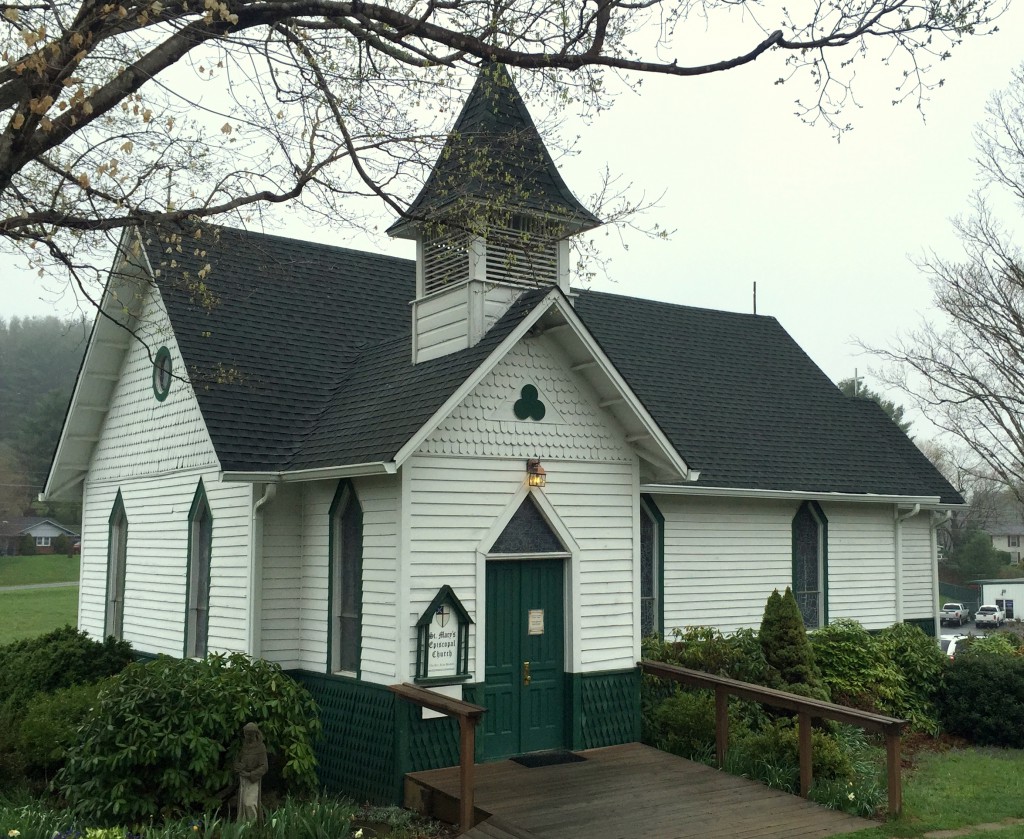
In 1972, artist Ben Long was looking for a place to put his newly acquired fresco painting skills t0 work. He approached J. Faulton Hodge, the rector at St. Mary’s Episcopal Church in West Jefferson, North Carolina, with an offer to paint a fresco inside the church. “I’ll even do the work for free,” he said.
“We’ll take it!” replied an enthusiastic Father Hodge. “But tell me–what’s a fresco?”
So begins the story of a holy site located in the small town of West Jefferson, North Carolina (many thanks to Mississippi Pilgrim, dear friend and devoted follower of this blog, for introducing me to this sweet place).
Today the Ben Long Frescoes bring thousands of people each year to St. Mary’s, which is located near the scenic Blue Ridge Parkway. The artist, whose full name is Ben F. Long IV, has gone on to an internationally distinguished career. But back in the 1970s, both he and the church were far off the world’s radar.
Born in 1945, Long had studied at the University of North Carolina-Chapel Hill and the Art Students League in New York. After serving two tours of duty in the Vietnam War, he spent nine years in Florence, Italy, as an apprentice to Maestro Pietro Annigoni.
From Annigoni he learned one of the most challenging of all art forms: fresco painting. It’s an ancient technique, similar to the process used in prehistoric cave paintings. Wet plaster is applied to a wall, and the painting of the fresco (which is Italian for “fresh”) is done while the mixture is still moist. Because the pigment bonds so quickly to the plaster, this type of painting requires great skill and meticulous planning. Some of the most famous paintings of the Italian Renaissance were done in fresco, including Michelangelo’s ceiling in the Sistine Chapel and Leonardo da Vinci’s Last Supper in Milan.
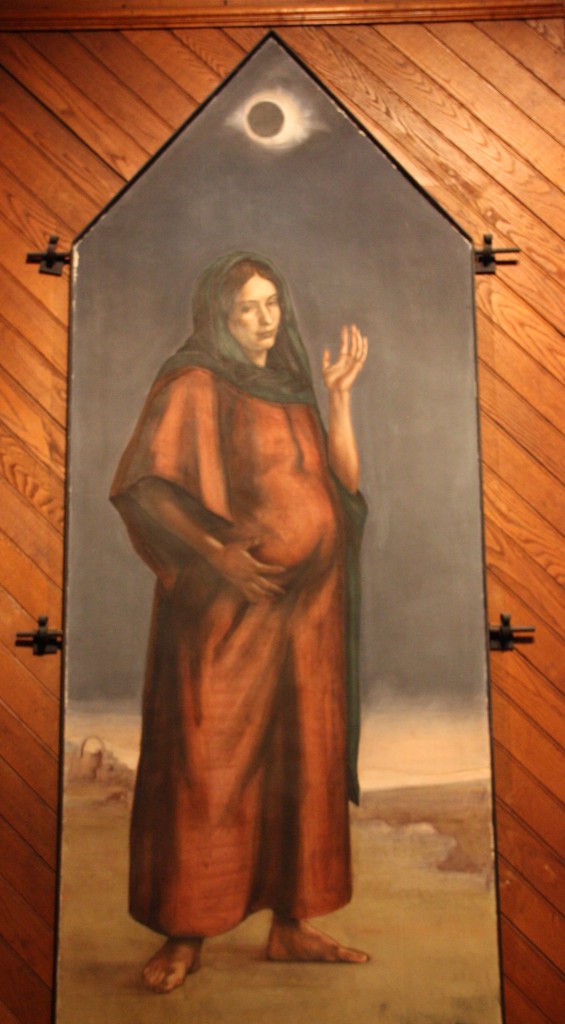
While Long made his initial contact with St. Mary’s Church in 1972, it wasn’t until two years later that he started a fresco there, his first project after returning from Italy. The piece is called Mary Great with Child. Local residents soon heard of the project and flocked to the church to see what was happening, especially after a rumor got started that the mural would feature people in the nude.
Even after locals learned that the rumor was untrue (no doubt to the disappoint of some), many took a great interest in the process and came regularly to watch as the artist and his assistants worked. People from various denominations took turns feeding and housing the visiting artists and tried to outdo each other in creating meals for them.
Over the next three years, Long created two additional frescoes for St. Mary’s: John the Baptist in 1975 and Mystery of Faith in 1977. It’s said that during the painting of the final mural, Long continued working even during church services, though he would stop briefly to take communion. The works of art and their ensuing fame helped transform the church from a struggling parish to a true congregation.
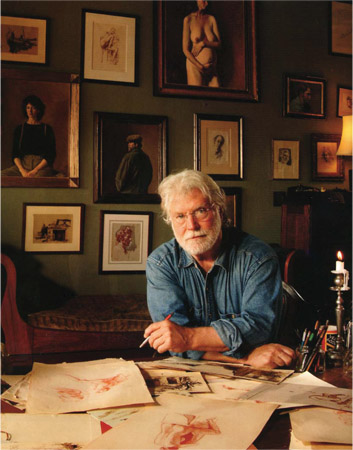
As the years passed, Long’s reputation has grown (and I bet he no longer needs to offer to work for free). To date, he has painted more than 30 frescoes. Some are in churches, including a mural of The Last Supper at nearby Holy Trinity Episcopal Church in Glendale Springs, North Carolina. Others are in public buildings, including the largest secular fresco in the U.S. at the Bank of America’s corporate headquarters in Charlotte, North Carolina. Long also works in other media, and his oil paintings, portraits and drawings are included in major collections in Europe and the Americas.
If you’re traveling along the Blue Ridge Parkway in North Carolina, stop by St. Mary’s to see these lovely frescoes. You can view additional paintings on the Ben Long Frescoes Trail, which runs through seven counties in North Carolina.
To me the most interesting of the three murals at St. Mary’s is the Mystery of Faith (pictured below). It’s a haunting image, isn’t it? Its juxtaposition of the crucified Jesus and risen Christ is unusual in religious art. It has a contemporary feel to it, showing how an ancient artistic technique can be used in fresh ways.
I’m struck as well by how these murals exemplify the power of religious art. Many of the world’s greatest artistic creations were commissioned for churches, cathedrals and other houses of faith. One could argue that such works are mainly ornamental, but in reality they provide an entry into the mystery of faith in a way that words can’t.
Without the Ben Long murals, St. Mary’s might well be a boarded-up church or one attended by a dwindling number of parishioners. With them, St. Mary’s is visited by thousands of pilgrims a year, who come to sit in its small sanctuary, pray, and contemplate the beautiful works of art at its altar. When Ben Long made his offer four decades ago, the good Father Hodge gave the right response—even if he had no idea what he was agreeing to.
